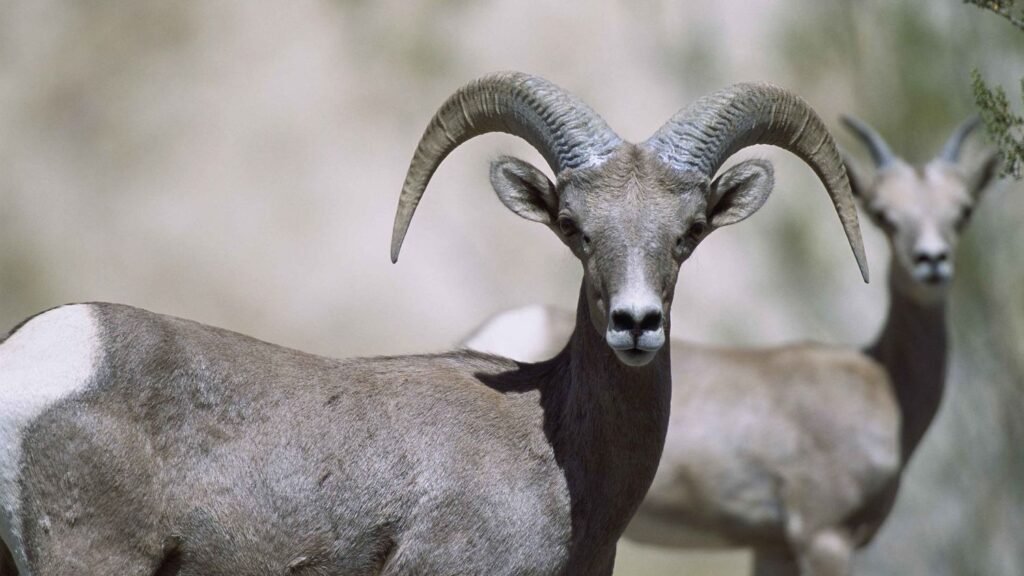The sight of a bighorn sheep’s iconic curved horns silhouetted against a mountain ridge is one of nature’s most breathtaking moments. These remarkable animals, once driven to the brink of extinction across much of their historic range, are making a surprising comeback in America’s national parks. Their recovery story is one of scientific dedication, conservation partnerships, and the incredible resilience of wildlife when given a second chance.
What makes their return even more remarkable is how close we came to losing them forever. By the early 1900s, bighorn sheep populations had plummeted from millions to just a few thousand survivors scattered across remote mountain ranges. Today, through carefully planned restoration efforts, genetic monitoring, and habitat protection, several national parks have witnessed these magnificent creatures reclaiming their ancestral territories. So let’s explore where these recovery stories are unfolding and discover the truly making their mark once again.
Yosemite National Park: A Sierra Nevada Success Story
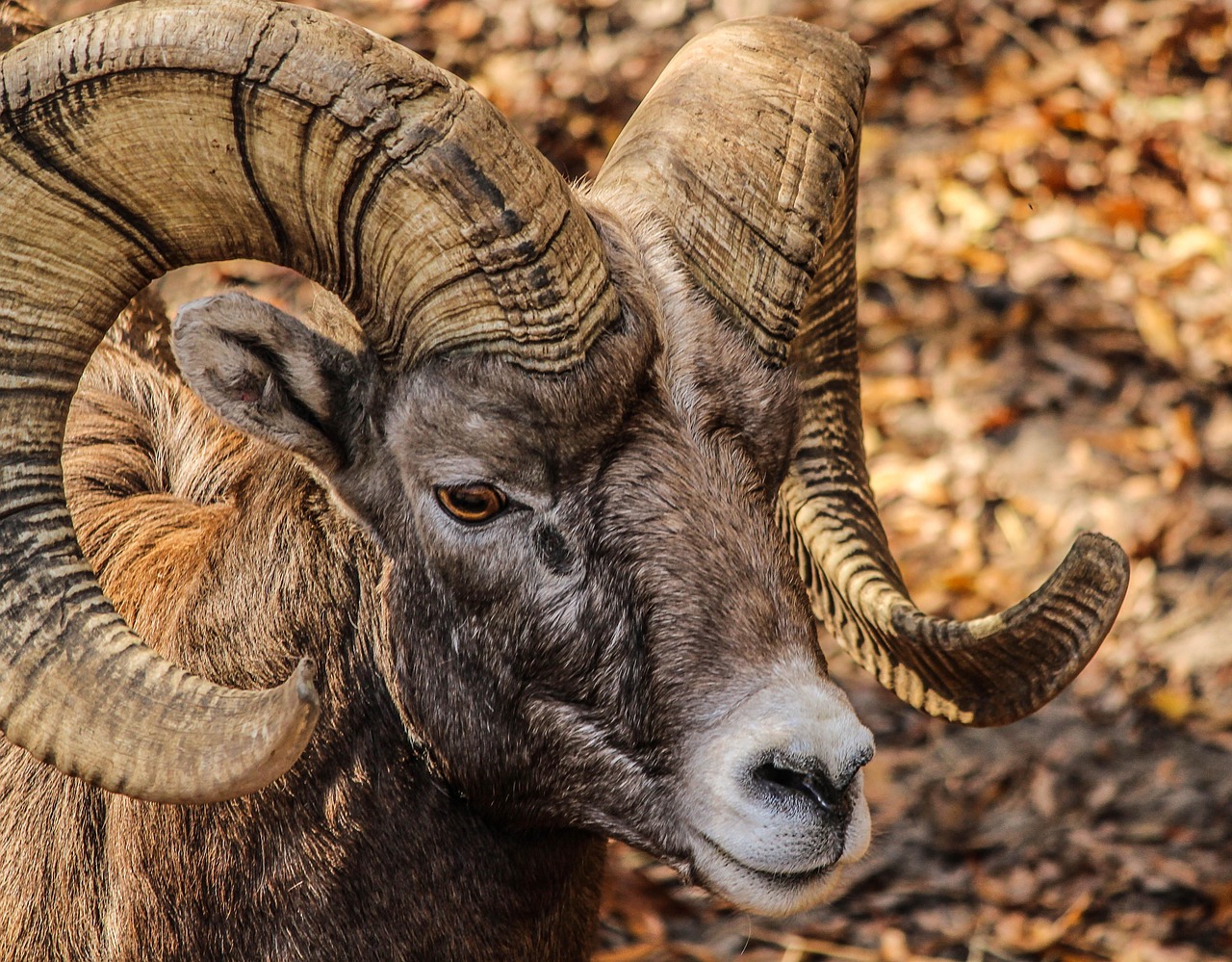
In 1999, Sierra Nevada bighorn sheep were listed as endangered under the federal Endangered Species Act. When John Wehausen wrote that petition for federal endangered status, they had barely over 100 sheep left in the Sierra. Herds of bighorns disappeared from Yosemite and much of the Sierra by the 1880s, with only three surviving in the 1970s when recovery efforts began to bring them back.
In the 1980s, with support from Conservancy donors, the National Park Service reintroduced Sierra Nevada bighorn sheep near Yosemite’s eastern border, establishing herds on Mt. Warren and Mt. Gibbs. In 2015, again with donors’ assistance, biologists helped establish a third bighorn herd in the Cathedral Range, marking a milestone: the first wild sheep in the heart of the Yosemite Wilderness in more than 100 years. Yosemite Conservancy donors have provided nearly $1 million to Sierra Nevada bighorn research and recovery efforts.
Canyonlands National Park: Reclaiming Lost Territory
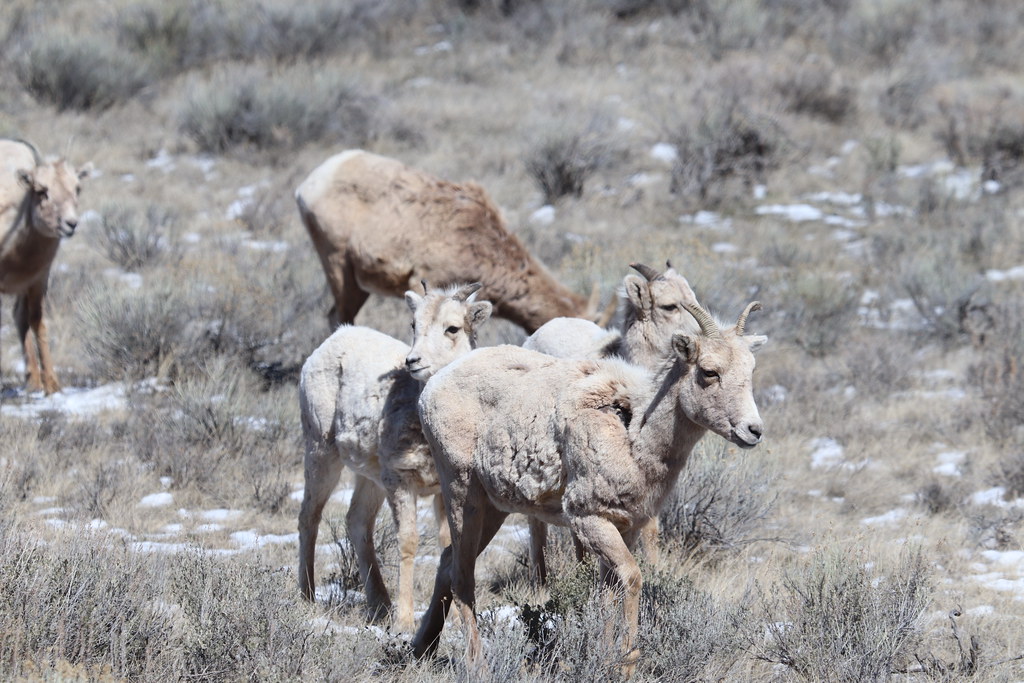
Desert bighorn sheep are some of the most iconic animals you can see in Canyonlands National Park. A fleeting glimpse of these elusive mammals among the rocks can be the highlight of a visit to the park. Bill Sloan spent seven insightful weeks during the pandemic closure examining bighorn sheep use of the White Rim Road in the absence of visitors and traffic. Sheep were returning to areas they had abandoned for decades.
Ewes were producing far more lambs that survived the summer, despite 2020 being a drought year. Bighorn sheep had a markedly positive response to the lack of disturbances during the pandemic closures. In a 1993–1994 study, bighorn sheep in Canyonlands spent more time alert to disturbances from streams of traffic and less time foraging. They appeared to respond to the repeated daily increase in traffic by fleeing. As the day progressed, they reached a threshold of cumulative stress from the disturbances, avoiding the road corridor altogether and moving to habitat with poorer quality food.
Grand Canyon National Park: The Original Survivors
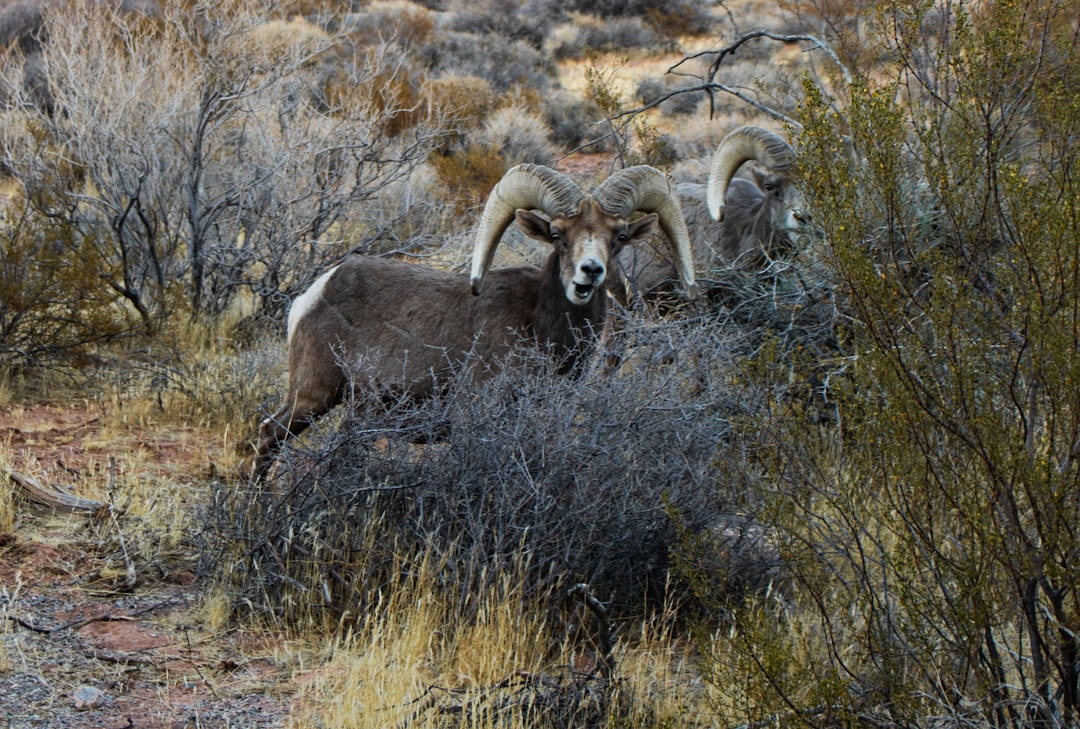
The Desert bighorn sheep (Ovis canadensis nelsoni) population in the Grand Canyon is the only non-re-introduced population of this species, making them important for bighorn conservation efforts across the southwest. The population of desert bighorn sheep in Grand Canyon is a naturally persisting population without direct transplants of bigorns from other areas.
The unique landscape found in Grand Canyon is excellent habitat that provides remote refuges for these animals. They are commonly seen on steep terrain and cliffs. They are social animals and form herds that are usually 8–10 sheep. Herds as large as 20 sheep have been seen along the Colorado River through Grand Canyon. Based on the number of separate remains researchers found, it appears that death of juvenile bighorn sheep is frequent in the Grand Canyon. Overall, the numerous remains of bighorn sheep found indicate that juvenile bighorns have a considerable mortality rate.
Glacier National Park: Rocky Mountain Resilience
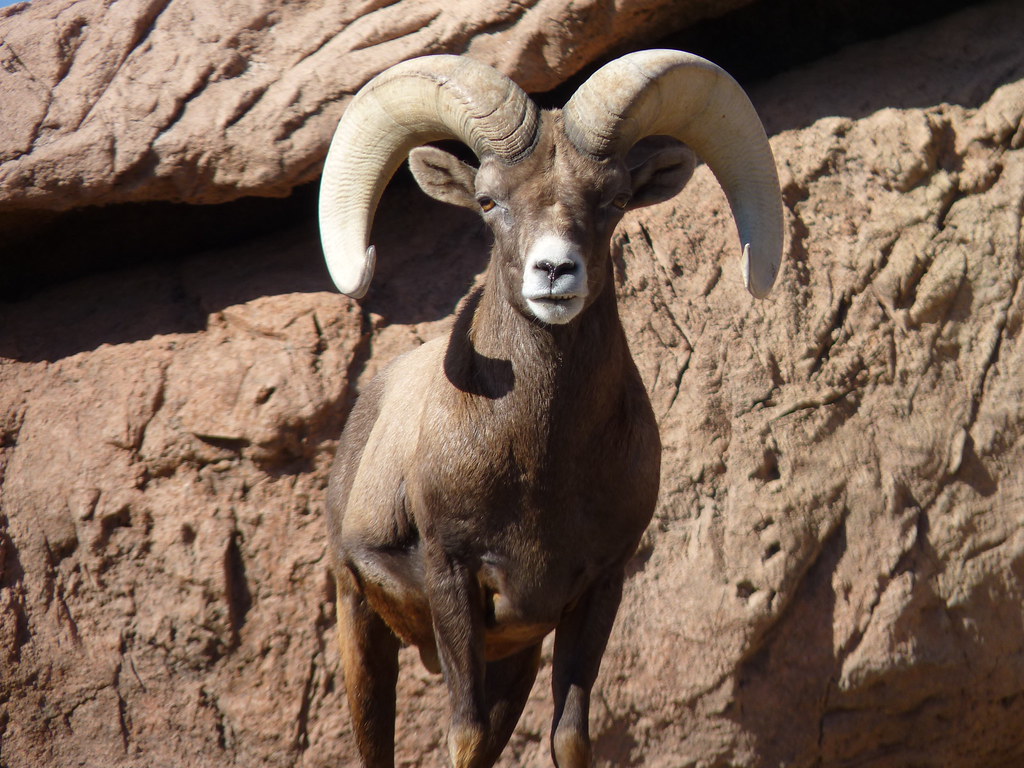
If you’ve ever driven along the Going-to-the-Sun Road, gone for a backcountry hike in Glacier, or experienced the grandeur of Hidden Lake, there’s a good chance you’ve seen one of the park’s most majestic species: Glacier’s bighorn sheep. With an athletic disposition and large curved horns weighing up to 30 pounds on males, the bighorn is a staple throughout the park.
USGS collected GPS data as well as genetic and other samples on over 100 bighorn sheep east of the Continental Divide in Glacier National Park, Waterton National Park, and the Blackfeet Reservation. The researchers are working to improve their understanding of bighorn sheep movements, approaches for monitoring bighorns, and habitat use in Glacier National Park. The park is hard at work studying bighorn movement across Glacier and Waterton Parks, identifying potential areas of disease migration between park herds, and providing connectivity with the larger region. Donations to the Glacier Conservancy are supporting this multi-year study on Glacier’s bighorn sheep, giving park managers the tools they need to better understand and protect bighorn sheep for years to come.
Death Valley National Park: Desert Specialists
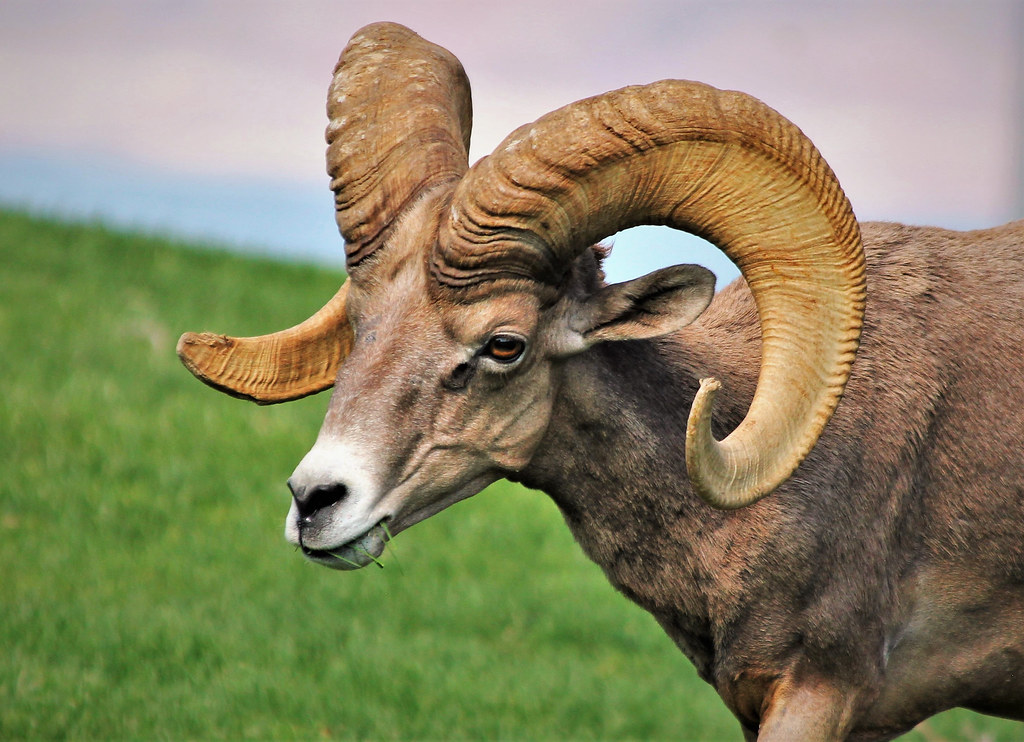
Desert bighorn sheep (Ovis canadensis nelsoni) range throughout Death Valley National Park, from salt flats to mountain ridges. Bighorn spend most of their time on steep slopes where they feel safe from their primary predator, mountain lions. The National Park Service is working with California Department of Fish and Wildlife to monitor bighorn in Death Valley. Twenty-one sheep have been fitted with collars that transmit their location every hour via satellite.
Today, California is home to approximately 4,600 to 6,600 bighorn. In Death Valley National Park, wildlife biologists have conducted research on bighorn sheep populations, and concluded that gene flow was high through the Funeral and Grapevine Mountains. Disease, non-native burros, climate change, gene pool isolation, and vehicles are all risks to bighorn sheep. A ram was killed by a vehicle on CA-178 near the junction with Greenwater Valley Road on October 27. Three other bighorn sheep have been killed by cars in the park in recent years.
Joshua Tree National Park: Desert Mountain Connections

To understand and improve the connectivity of bighorn populations, the National Park Service is collaborating with Oregon State University, California Department of Fish and Wildlife, Bureau of Land Management, Department of Defense, CalTrans, and the Society for Conservation of Bighorn Sheep. This group of organizations developed a project to evaluate how desert bighorn sheep interact with human-made barriers, identify ways to improve movement across those barriers, and assess sites for evidence of bighorn sheep recolonization around Death Valley National Park, Mojave National Preserve, and Joshua Tree National Park.
Desert bighorn sheep prefer steep and rocky habitats, which makes these mountain ranges an ideal location. The ranges have cooler temperatures and trap more rainfall than the desert floor, thus, supporting an abundance of plant life, including many species which desert bighorn eat. They can only support a limited number of bighorn sheep. Though these animals are adapted to this, small populations can be vulnerable if they cannot find a way to interact with other herds and resources in neighboring mountains.
Zion National Park: From Extinction to Abundance
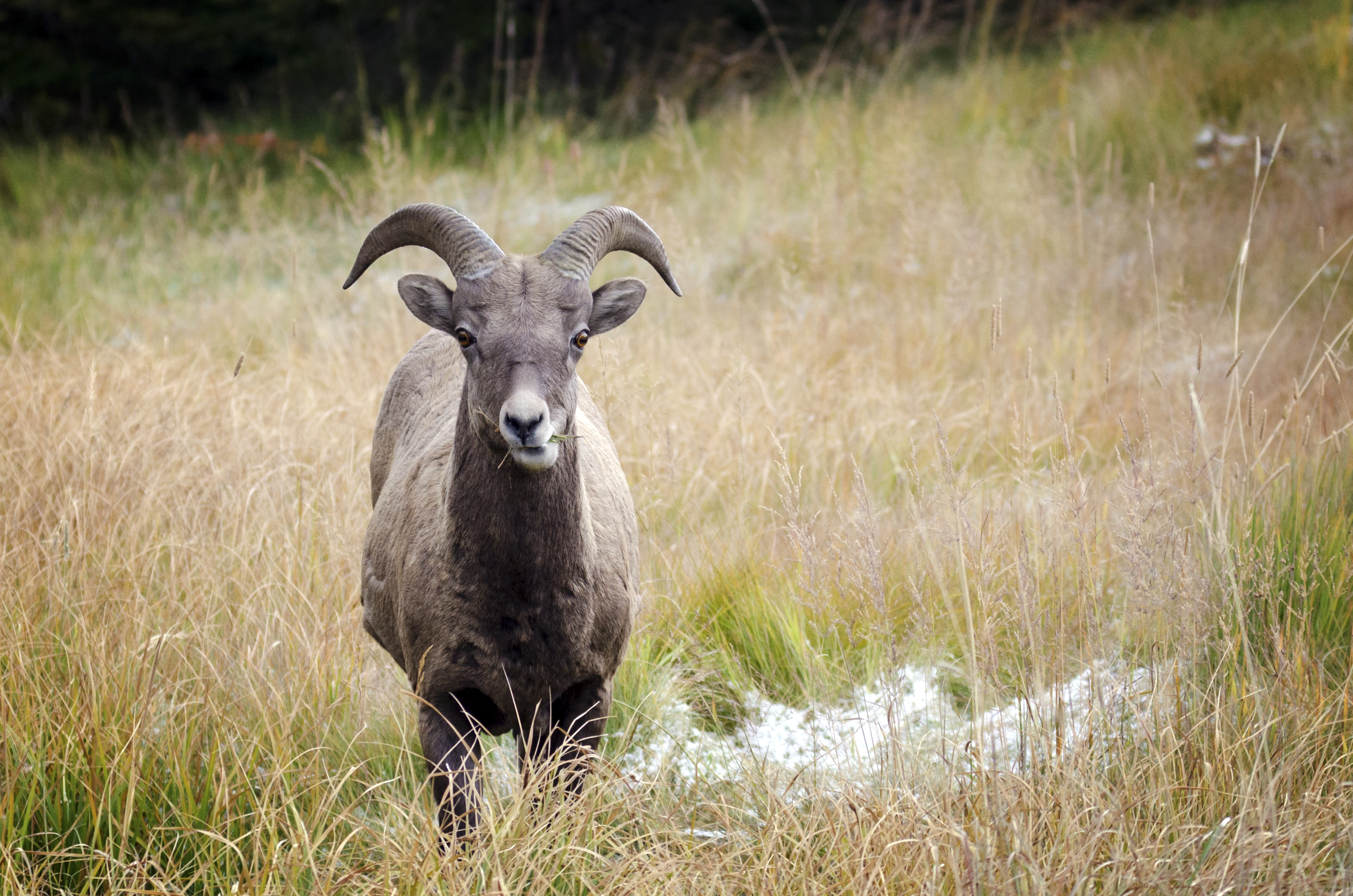
In Southwestern Utah, desert bighorns were largely extirpated by 1960, until 15 sheep were re-introduced into Zion National Park in 1973 and 1978. The southeastern corner of the park is closed to all human traffic to protect their habitat. The herd has now grown to over 500 animals, to the point that they often come in contact with visitors in the eastern part of the park, and may begin spreading into surrounding agriculture areas with domesticated sheep.
This incredible recovery story shows what dedicated protection and careful management can achieve. From just 14 animals to over 500 in fewer than five decades represents one of the most successful bighorn restoration efforts in the American Southwest. The park’s strict habitat protection measures demonstrate how critical undisturbed areas are for these sensitive animals to thrive and multiply.
Sequoia and Kings Canyon National Parks: High Country Recovery
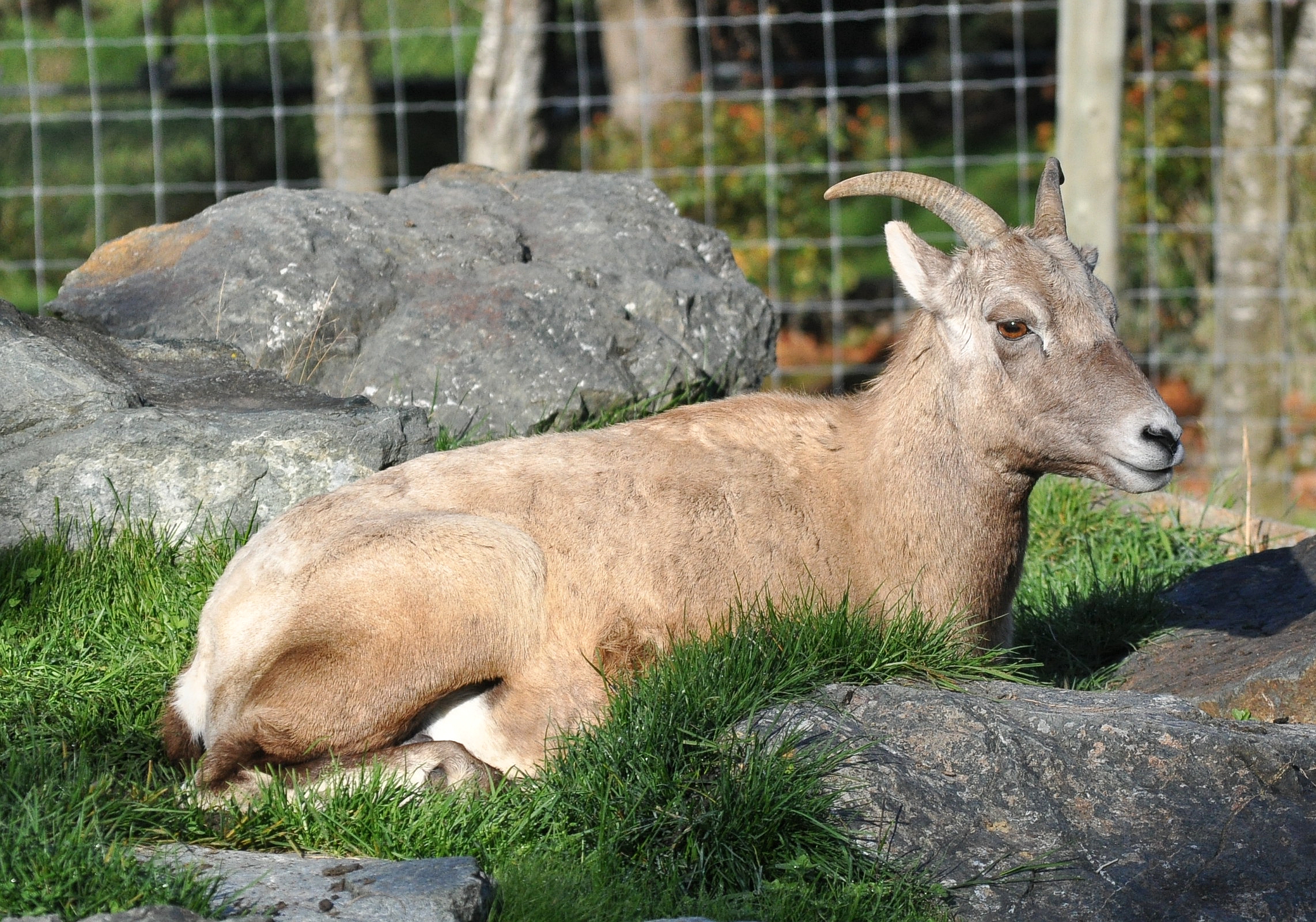
Three different subspecies of bighorn sheep were eliminated from 14 of 18 National Park System (NPS) units in the 6-state Intermountain Region of the western United States. In 1990, when this restoration was initiated, only 4 (18%) of 22 discrete park populations or metapopulations were considered large enough (300-500 animals) to be secure for long-term management. Because the capture and moving of the species are still relatively uncomplicated and because some source stocks are available, aggressive restoration in 15 National Park System units in the former Rocky Mountain Region was recommended in 1990.
This report details the 7-year restoration of bighorn sheep to all currently suitable historic habitats in the national parks of the former Rocky Mountain Region (now the Intermountain and Midwest regions of the National Park Service). These Sierra Nevada parks have been key participants in this massive restoration effort, working to rebuild populations that can sustain themselves across the challenging high country terrain.
Multiple National Parks: The Coordinated Recovery
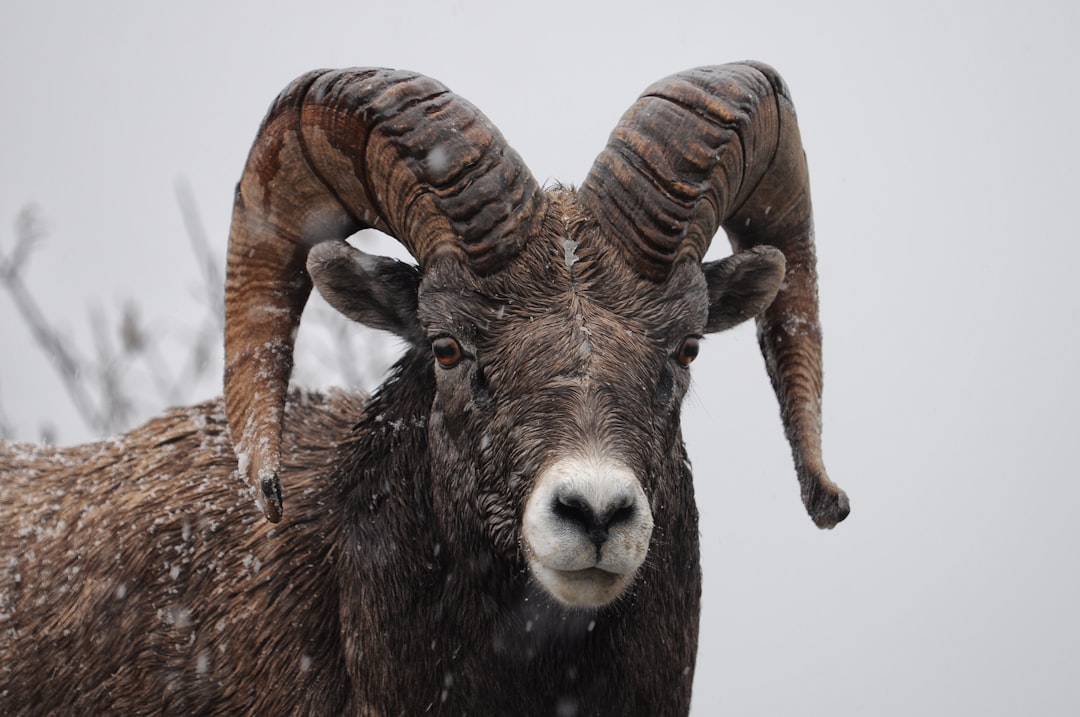
Recovery of bighorn sheep throughout North America largely has been a function of successful programs, carried out by state or provincial wildlife agencies, to return those mountain ungulates to their historical ranges wherever possible. Most restoration efforts have involved the translocation of animals from existing, free-ranging populations to areas from which the species had been extirpated.
In the US, Bighorn sheep occur in the following 30 National Parks, Monuments, Recreation Areas and Wildlife Refuges: Arizona: Grand Canyon NP; California: Sequoia- Kings Canyon NP; Death Valley, and Joshua Tree NMs; Colorado: Mesa Verde, and Rocky Mountain NPs; Montana: Glacier, and Yellowstone NPs; Nevada: Desert NWR; Death Valley NM; North Dakota: T. Roosevelt NP; South Dakota: Badlands NP; Utah: Arches, Canyonlands, Capitol Reef, and Zion NPs; Wyoming: Grand Teton, and Yellowstone NPs. At the beginning of the nineteenth century, there were between 1.5 million to two million bighorn sheep in North America. Today, there are less than 70,000. Bighorn sheep have made a comeback thanks to a conservation movement supported by 26th President Theodore Roosevelt, reintroductions, national parks, and managed hunting.
Conclusion
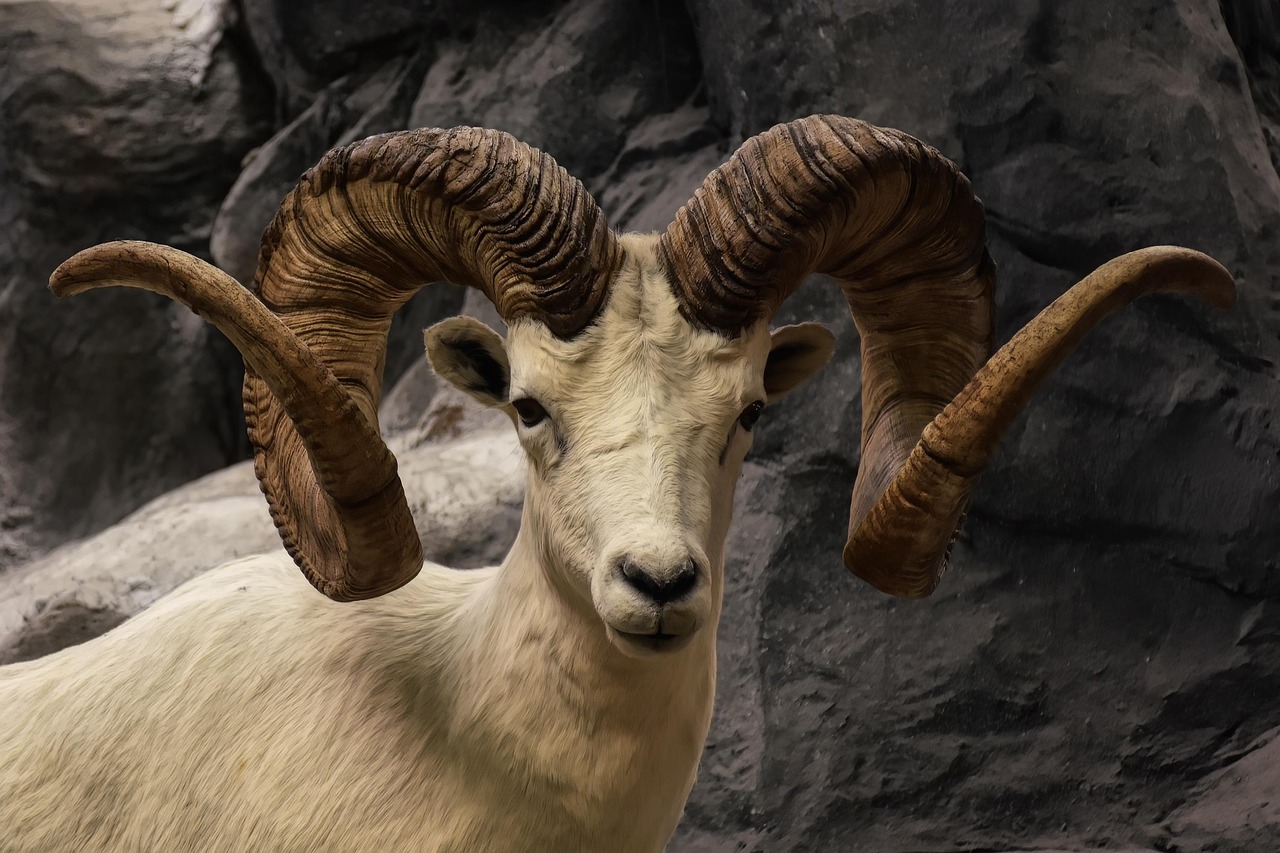
The return of bighorn sheep to America’s national parks represents one of conservation’s most inspiring success stories. From near extinction to thriving populations, these remarkable animals have proven that with dedication, scientific expertise, and protected habitat, even the most vulnerable species can recover. Today and in the past, the efforts of conservation groups have also served to increase awareness and “petition” to place certain sub-species like the Sierra Nevada bighorn sheep on the Endangered Species List. This has accounted for much of the recovery of bighorn sheep from historic low numbers in the 1960s.
Yet challenges remain. Climate change, habitat fragmentation, disease, and human interference continue to threaten these populations. The work happening in these nine national parks shows us both what’s possible and what’s still needed to secure the future of bighorn sheep across the American landscape. What do you think about these incredible recovery efforts? Tell us in the comments.

